Live dance has been particularly devastated by the pandemic. Dancers are most alive when they breathe the same air, touch another body, and rhythmically synchronize movement. Training the body and rehearsing together are intrinsic to the art form. When that is taken away, what is left? Thankfully, dancers are, to the tips of their toes and fingertips, improvisational beings. Not only do they find ways to take daily ballet class outside in the snow (Siobhan Burke, The New York Times, February 3, 2021) but they have learned new technological skills and ways to work together from close and afar with robots and other A.I technologies that explore the art form’s edges. Rather than snail mailing music to the choreographer, (Aaron Copeland sent sections of Appalachian Spring to Martha Graham, based on Ms. Graham’s choreographic descriptions), choreographers work with their collaborators via Zoom. Classes have sprung up on the platform and choreographers attempt to choreograph with far-flung dancers. Classes include students from all over the world; audience members the same. Dance is reaching a wider audience than ever before.
Dance is celebratory and visceral. Everyday folk, as reported in The New York Times (Gia Kourlas, Critic’s Notebook), burst into funky moves on the street upon hearing (for instance) the news of our national election; dance is integral to recent Hollywood movies such as in Another Round, and to keep fit at home fashion designer, Norma Kamali freestyle dances. In other words, dance is IMPORTANT. When we watch dance, when we dance, our bodies, our minds, our spirits integrate and we become emotionally and bodily whole.
New York City is the dance center of the U.S employing over 5,000 dance professionals that accounted, in 2016, for $302,000,000 revenue into NYC. It is estimated that 90% of the dance industry is still out of work. (Dance Rising NYC embodied advocacy site)
Dance audiences are bereft of live performance but there are ways to satisfy the longing to experience professional dance. Where do we stand now in the professional dance world? Many companies and venues are diving into their archives and rediscovering their dance roots: The Joyce Theater and Mark Morris Dance Company. Some choreographers, who in the past only performed live, are now creating dance works that explore film (Choreographer Kimberly Bartosik). Some continue their pre-pandemic exploration of dancers on film (Choreographer Mimi Garrard ) or integrated with film (Yoshiko Chuma, The School of Hard Knocks) and with the New York State limitation of performing inside only in churches and other select venues by following guidelines mandated by the Centers for Disease Control and Prevention and the NY Department of Health, a very few companies are performing live (NYTB at St. Mark’s Church; Arts on Site). Outside performance is possible (Abrons Art Center in their amphitheater).
Dance festivals will probably be virtual through 2021, rather than the live events we have experienced in past years, including Tony Waag’s American Tap Dance Foundation, Battery Dance Festival, Dance Parade. Live dance series are partnering with residency venues to support artists (Guggenheim Works & Process). The Joyce Theater Foundation is doing a live broadcast and two week streaming on demand with Ron K Brown/EVIDENCE, on February 18. It will be broadcast live from the Joyce Theater stage, with no audience, co-presented in Cleveland and Minneapolis. And don’t forget social media where so much dance is posted by younger choreographers and dancers. In the next issue of Side of Culture, we will offer more details about dance programming in the works for this year.
In light of all these limitations, these NYC dance professionals shared their thoughts about the future of dance in NYC and beyond
Kimberly Bartosik, Choreographer, Kimberly Bartosik/daela: I have tried to stay as true to the values and principles that I am dedicated to in live performance, most importantly my desire to have my work get into the body of the audience. I want it to affect viewers deeply enough so that they cannot just walk away, but rather carry remnants of the work inside them. In this way, I don’t see my practice as changing, but cautiously expanding. And with every digital sharing, I remind my audience (and myself) that “liveness” is most crucial to me, Even as our industry necessarily adapts during this period of isolation, I will never stop waiting for that moment when we are breathing and sweating and feeling our hearts beating together.
Diana Byer, Founder and Artistic Director, New York Theatre Ballet: Covid-19 has turned so many things upside down but this is the perfect time for a dance renaissance. Art has always reflected society, and I would love to see dance turn away from a focus on athleticism, towards what comes from the heart and soul, from what is human. Instead of focusing on someone’s feet or multiple turns, I would love to see dance awaken feelings and inspire audiences to learn more about themselves. This is what makes dance a real art form. People are anxious today, and they are struggling to find ways to communicate and connect. I see these stresses in many new works. The online medium is especially difficult for dance. It often means that choreographers rely on inspiring awe through athleticism rather than finding innovative approaches to connect deeply with the audience.
Nicky Paraiso, Director of Programming, LaMama: Since March 2020, dance practitioners have been both taking time to reflect and also have gone ahead to do the creative work they are always doing. From making dance in their kitchens, bedrooms, living spaces, to using outdoor spaces both on urban sidewalks and city streets, as well as in parks and countryside upstate and down. Some have been honing their skills as videographers and filmmakers. As we go into the second year of quarantine and lockdown-of-sorts, I believe that both as artists and as presenters we will continue to research and investigate the new visual formats created out of necessity and willfulness.
Craig Peterson, Artistic Director, Abrons Arts Center: Now that we’ve been in this for so many months, artists, presenters and organizers have had the opportunity to shift their thinking and better plan for performances outdoors. And with new legislation that allows for more outdoor performance venues, we have the support of the City to make this a reality. I know Broadway anticipates opening in September but I feel this is really ambitious. Besides health protocols, I think it will take a long time for audiences to feel comfortable returning to crowded theaters.
While I think dance artists are eager to get back into the studio, it will take time for fully realized works to emerge after such a long reprieve. Building good dances takes time. I think some older, more established artists have found a way to keep going by working in pods – on their own or at a few select residency sights (Jacob’s Pillow and Peak Performances, etc.) However, I think early-career dancers will have a much tougher time reestablishing themselves. Creatively, I think a lot of live performance artists have invested time in new outlets for creativity – for example, learning new technologies, since they’ve been unable to be in a studio setting. I suspect we will see a good deal more video, VR, motion capture and other technologies in future works. This was already coming – but I think quarantine life has possibly accelerated this trend. Likewise, I wonder how much collaboration has been happening via Zoom – the sharing of ideas in ways that are less somatic and more driven by text or other forms of virtual exchange. Honestly, it’s a bit of a mystery how this period of time will manifest itself through physicality and choreography in the months ahead.
I am also quite curious about how much talent has left our city in these past several months… and when – or if – they will return. I wonder if the landscape will feel different or if we’ll bounce back to something familiar. That said, I definitely feel like the pandemic laid bare the fragility of our ecosystem. The gig economy fully collapsed in on itself, which drove many artists away from the City. My hope is that, as we come back, we put better systems in place and fortify how artists can work and thrive in the world. I am heartened by the fact that many artists and organizers have leveraged this moment to dig into these issues – like the Creating New Futures collective – to address the inequities and unsustainability that we can’t continue to ignore.
Brian Rogers, Artistic Director, The Chocolate Factory: I am trying just to keep my eyes and ears open so that I can (hopefully) be responsive to whatever emerges on its own. That said, I DO think that these last months will have some kind of impact on the kinds of work that artists will make in the short term – simply because the restrictions of lockdown have favored solo rehearsals or rehearsals via zoom – a kind of distance comes out of that and I believe that we’ll see it in the work.
Carrie Stern, PhD, Professor, Queensborough Community College, Independent Critic: Dancers were made for this moment. They are used to responding to privation—space, economic, time, and coming up with something innovative. Not to make light of how hard it is right now but dancers are some of the lowest paid artists and when suddenly your entire teaching season, your program of new work, your tour is cut and all the income with it, that makes this moment very, very difficult. We don’t yet know what the toll will be in terms of performance spaces lost, companies failing, and choreographers and performers leaving the field.
Tony Waag, Founder, American Tap Dance Foundation: Virtual instruction and virtual production are here to stay! In a big way! Our world was headed in that direction already with all kinds of new and innovative programming online. Dance makers are at the forefront of developing higher quality content with improved production values. The artist, as well as the public is looking for, and interested in, new content, but they are also interested in taking a look back into the history of the artist, the dance and how it was created, the provenance and the career of the choreographer and the dancer, artist, musician, whatever. A very prominent theme we all adore and are exploring right now is that “inside” look into the process. Especially if we then get to see the results. This new platform has allowed us to take a step back and reflect a bit, and be more honest and open to new ideas. Teaching online can be a much more intimate experience if you know how to go about that. NOTHING replaces LIVE instruction or performance. But the internet allows us to reach a larger audience and has tested us now to improve our production values if we want to present or produce virtually. Unfortunately, and as usual, you need a lot of time and the do re mi. And that’s the rub. We may end up with the same old “haves and have nots”.
Catherine Tharin, former dancer with the Erick Hawkins Dance Company and senior adjunct professor of dance at Iona College, recently completed 15 years as the influential curator and programmer of dance and performance at the 92nd Street Y. She is now an independent dance curator, choreographer, teacher, writer and dancer.

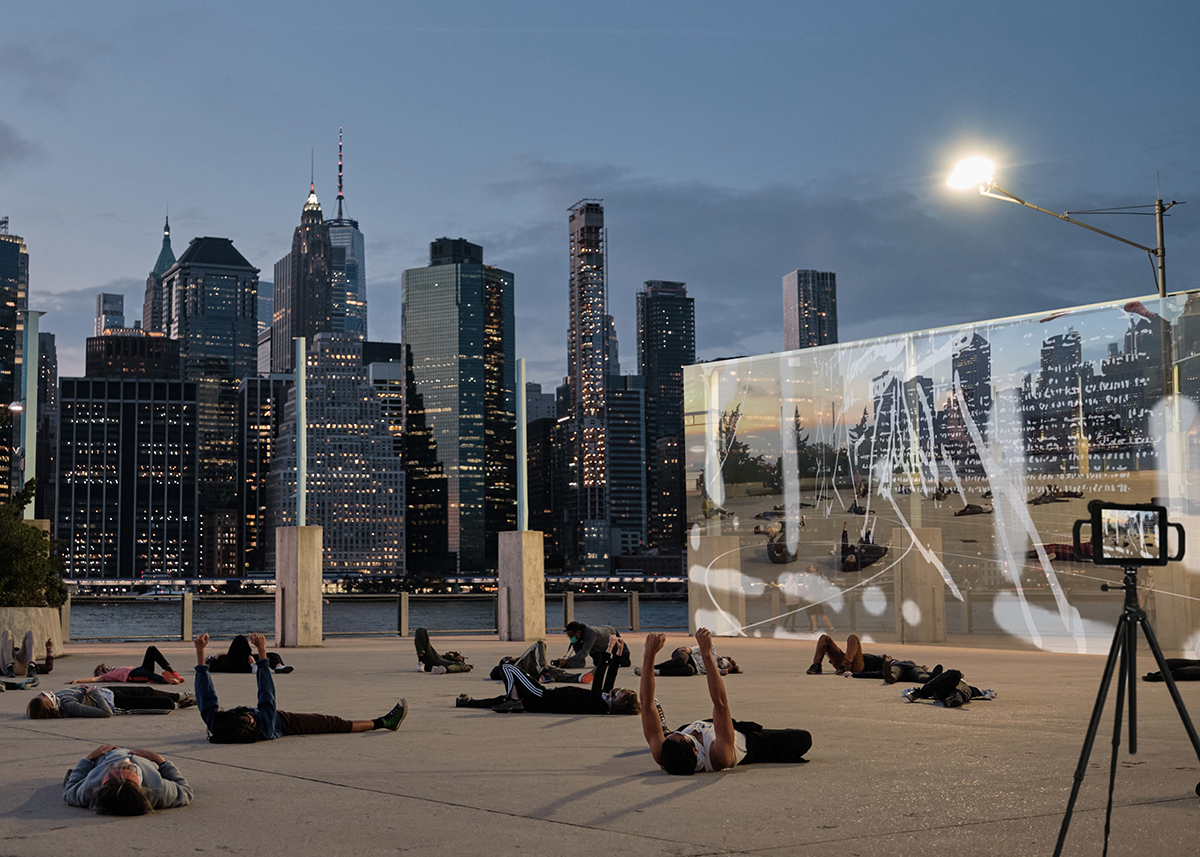
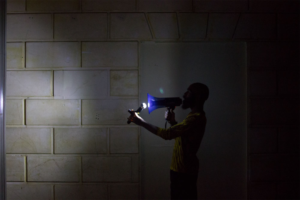
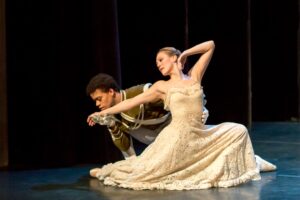
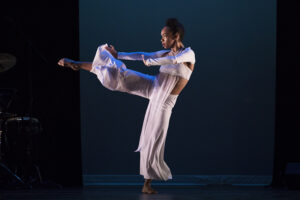
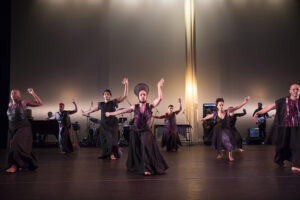
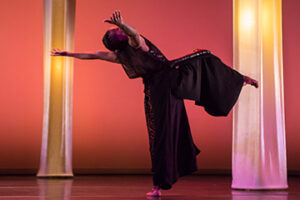
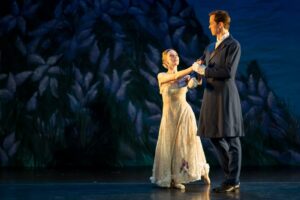
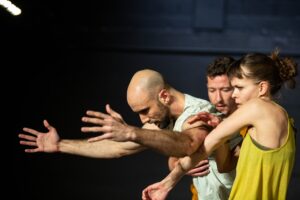
Yes. Dance awakening feelings and inspiring audiences. Thank you.
Thank you so much for your comment and for reading Catherine Gallant Dance! We agree and so appreciate your enthusiasm!